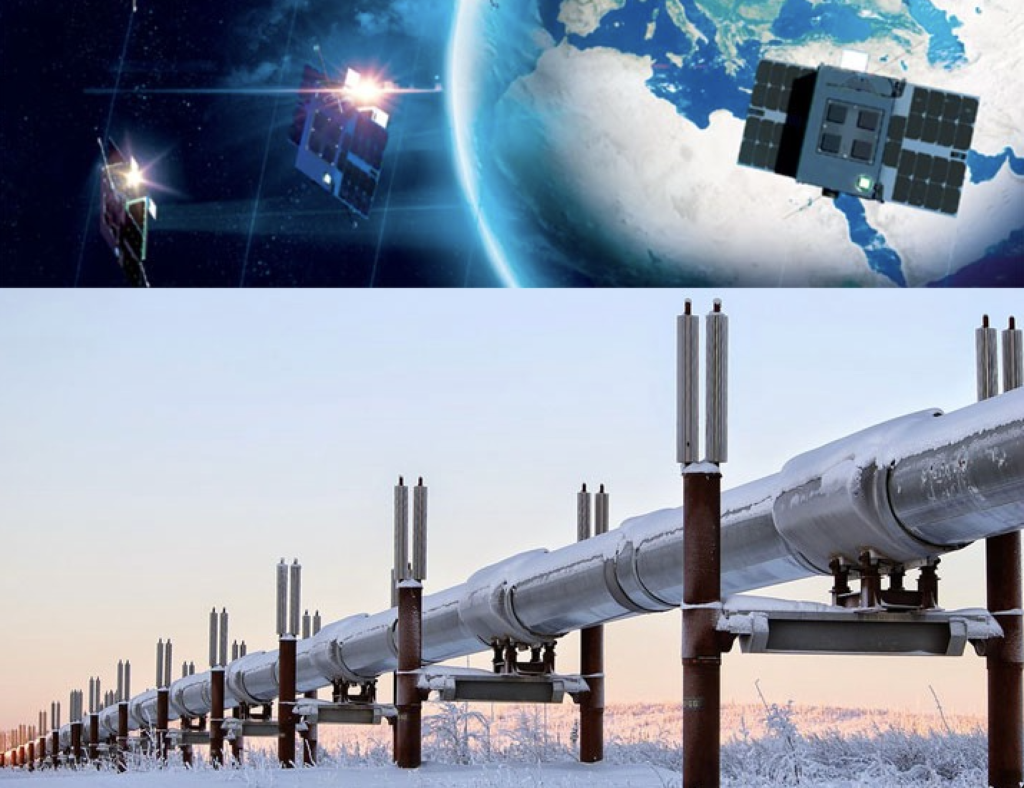
Remote Monitoring for Resilient, Efficient Energy Systems
Satellite IoT enables energy operators to monitor assets across vast, remote, and rugged areas. From oil rigs and pipelines to solar farms and wind installations, satellite-connected sensors provide real-time visibility and control, even where no terrestrial networks reach.
Why Satellite IoT?
- Remote Asset Access: Monitor pipelines, substations, and renewables in remote areas with no cellular coverage
- Outage Prevention: Detect faults, anomalies, or tampering early and reduce downtime
- Grid Optimization: Balance loads, monitor performance, and integrate renewables effectively
- Energy Security: Secure infrastructure monitoring for critical assets in vulnerable locations
- Environmental Compliance: Track emissions, leaks, and ecological impact with precise data
Key Benefits
- ✅ Global Coverage for Off-Grid Energy Sites
- ✅ 24/7 Monitoring of Critical Assets
- ✅ Early Warning & Fault Detection
- ✅ Lower Maintenance Costs
- ✅ Improved Operational Safety
Use Cases: Satellite IoT Sensor Applications
Power Line Monitoring
Detect faults and performance issues in high-voltage power lines.
Substation Temperature
Prevent overheating with real-time thermal monitoring.
Pipeline Pressure
Track pressure and flow in oil/gas pipelines across remote areas.
Gas Leak Detection
Receive instant alerts for methane or gas leaks.
Generator Health
Monitor vibration, load, and fuel levels of remote generators.
Solar Irradiance
Measure sunlight exposure to maximize solar panel performance.
Wind Turbine RPM
Track wind turbine spin rates and mechanical health.
Fuel Level Sensors
Monitor diesel or gas tank levels for gensets and storage.
Battery Monitoring
Keep tabs on voltage and health of backup battery systems.
Transformer Load
Avoid overloads by monitoring transformer current and load.
Emissions Sensors
Ensure compliance with CO₂ and CH₄ emissions standards.
Remote Intrusion Alerts
Detect tampering or unauthorized access at infrastructure sites.